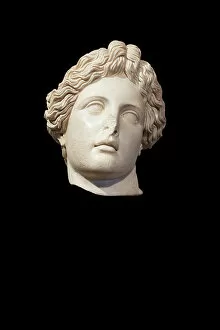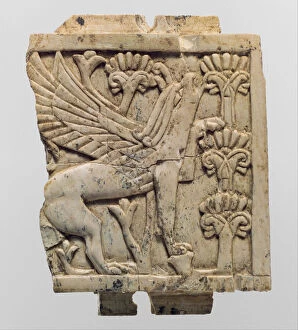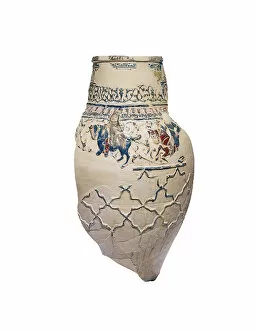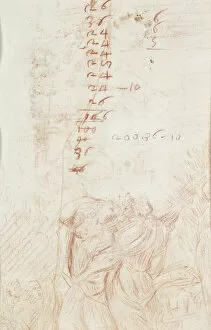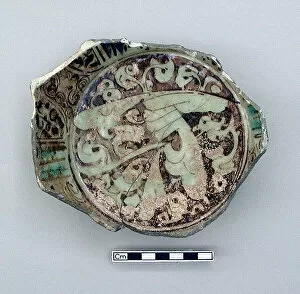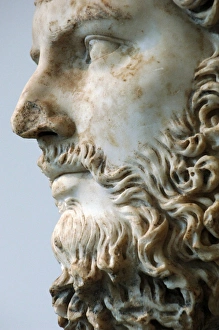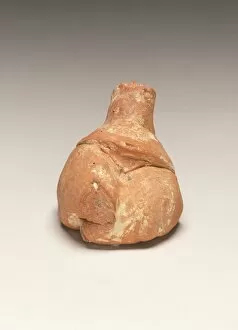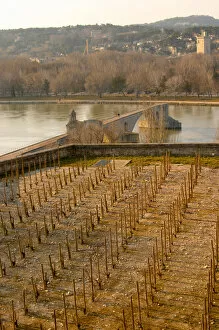Fragmentary Collection
"Exploring the Fragmentary: Traces of Ancient Art and Culture" Discover the remnants of a rich cultural tapestry as we delve into the world art
All Professionally Made to Order for Quick Shipping
"Exploring the Fragmentary: Traces of Ancient Art and Culture" Discover the remnants of a rich cultural tapestry as we delve into the world art. From Durga in Quang Nam province to Shiva in Danang province, these sandstone sculptures from different centuries offer glimpses into ancient civilizations. In Quang Nam province, a stunning 11th-century AD sandstone sculpture depicts Durga, showcasing her fierce yet divine presence. Nearby stands another masterpiece - a 10th-11th century AD sandstone statue of the goddess Sarasvati, embodying wisdom and creativity. Moving on to Danang province, we encounter an enigmatic late 12th-century grey sandstone figure of Shiva. His serene countenance invites contemplation about life's mysteries. In contrast, a captivating 7th-8th century AD depiction of the goddess Uma exudes grace and elegance in Quang Nam province. Venturing beyond Asia's borders, we find ourselves marveling at Roman Emperor Lucius Verus Augustus' head sculpted from parian marble. This relic transports us back to his reign during the second century AD when Rome flourished. Returning to Vietnam's artistic heritage, an exquisite 7th-8th century AD sandstone representation of Shiva captivates with its intricate details in Quang Nam province. Meanwhile, an angular decorative object from Danang province showcases skilled craftsmanship from the 13th century AD. Traveling further back in time brings us to Hasanlu in Iran where fragments reveal a carving depicting a winged person made around c. 800 BC using burnt ivory—an intriguing glimpse into ancient Iranian culture. Shifting our focus eastward again, Song dynasty artifacts emerge—a fusion between beauty and functionality. Fragments fused onto saggar showcase fragments of tea bowls that once graced tables during this golden age (960-1279). Additionally, a fragmentary bowl with its clay firing cushion offers insights into the ceramic techniques of that era.








